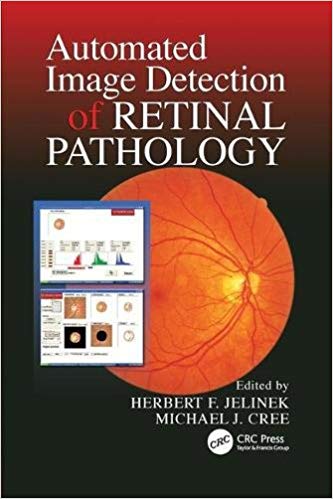
Discusses the Effect of Automated Assessment Programs on Health Care Provision
Diabetes is approaching pandemic numbers, and as an associated complication, diabetic retinopathy is also on the rise. Much about the computer-based diagnosis of this intricate illness has been discovered and proven effective in research labs. But, unfortunately, many of these advances have subsequently failed during transition from the lab to the clinic. So what is the best way to diagnose and treat retinopathy? Automated Image Detection of Retinal Pathology discusses the epidemiology of the disease, proper screening protocols, algorithm development, image processing, and feature analysis applied to the retina.
Conveys the Need for Widely Implemented Risk-Reduction Programs
Offering an array of informative examples, this book analyzes the use of automated computer techniques, such as pattern recognition, in analyzing retinal images and detecting diabetic retinopathy and its progression as well as other retinal-based diseases. It also addresses the benefits and challenges of automated health care in the field of ophthalmology. The book then details the increasing practice of telemedicine screening and other advanced applications including arteriolar-venous ratio, which has been shown to be an early indicator of cardiovascular, diabetes, and cerebrovascular risk.
Although tremendous advances have been made in this complex field, there are still many questions that remain unanswered. This book is a valuable resource for researchers looking to take retinal pathology to that next level of discovery as well as for clinicians and primary health care professionals that aim to utilize automated diagnostics as part of their health care program.

